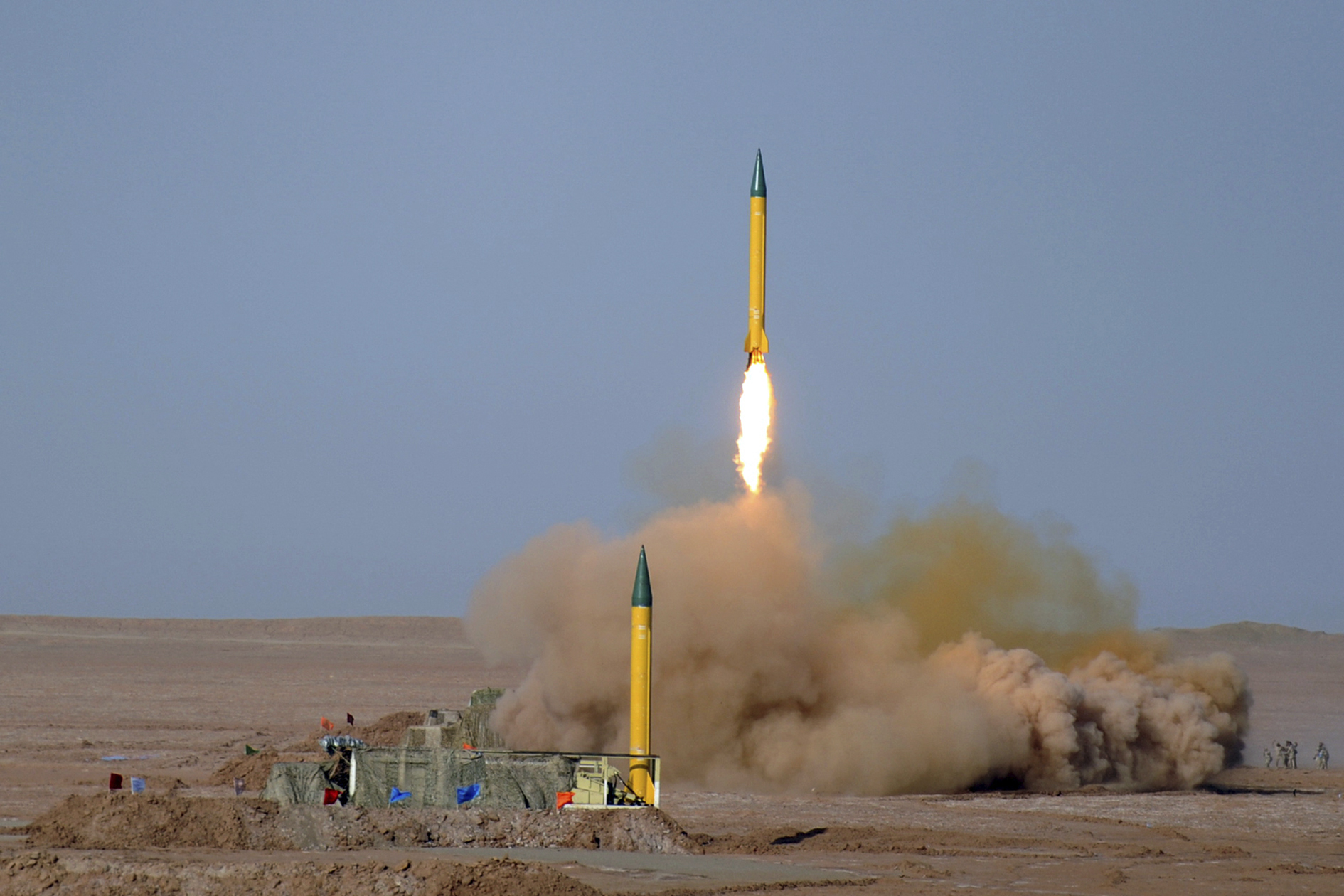© Brighteon.com All Rights Reserved. All content posted on this site is commentary or opinion and is protected under Free Speech. Brighteon is not responsible for comments and content uploaded by our users.
http://www.trustedancientcoins.com/ancient-military-coins/ for article to this guide.
This guide explores the various types of ancient military symbolism depicted on various coins of ancient Greece and Rome
ALL COINS AVAILABLE HERE IN MY EBAY STORE:
https://www.ebay.com/str/authenticancientgreekromancoins
Feel the ancient military come alive on the coins of the Greeks and the
Romans explored in this video. It goes from the personification of valor
as Virtus to the Roman god of war, Mars the counterpart of the Greek
Ares. However fighting battles takes wisdom so coins with Greek Athena
and the Roman counterpart Minerva with spear and shield is depicted.
The Roman emperor would go into battle to vanquish his enemies on
horseback. He did have the backing of military foot soldiers, or legions
behind him carrying the legionary standards and eagles in the Roman
military. One symbol the labarum actually was used in the Roman military
after Constantine with the name of Jesus Christ as a monogram symbol .
Constantine the Great saw this symbol in the sky before a great battle
at the Milvian bridge against Maxentius, which he had painted on the
shields of his army and wound up winning a great victory.
The Roman military camps were depicted with the symbolism of the camp
gates on their coins. These camp gates were also used as a quick way of
communication on the frontiers where they would use them as fire signal
beacons to muster their military forces to defend their frontiers.
A coin with the Roman soldiers vanquishing their foes in battle driving
spears through them as they lay prostrate on the floor, even the Roman
emperor not being above such a military endeavor. Some ways to get
around the battle field was to use chariots, including the four horse
military chariot called the quadriga or the two horse type as the biga.
There is also a rarely seen type of chariot which is the triga, a more
widely used Greek type of war chariot.
Elephants with their huge size, magnificence and sheer strength were the
ancient equivalent of the tank in ancient times. A rare large silver
Greek coin of Seleukos I Nikator of the Seleukid kingdom is show here
also, with a chariot drawn by elephants. This made his military a
formidable force to deal with. Then a silver coin with an elephant of
Julius Caesar, the most famous ancient Roman is shown. It also brings
back the story of the Romans facing elephant for the first time when
Hannibal Barca, the general from Carthage who crossed the Alps with
these elephants. The Romans just like many others who had to face them
showed a respect for these formidable foes. Even Alexander the Great had
to face elephants in his campaign that went into India.
Galleys were used in ancient Greek and Roman times to get around and to
move military forces along with supplies to their destinations. Several
coins are shown here, one with a full sail and the other one of Mark
Antony from the battle of Actium, which had a great naval battle that
shaped history to what it is today. This coin of Mark Antony shows what
could be described as trireme military row ships which were used in this
battle. The other side had the legionary eagle (aquila) between two
standards and named the legion the coin was minted for by it's number.
Weapons were important for any battle. A coin of the kingdom of Bosporus
is shown which shown all the important militaristic symbols such as the
shield, the spear, the helmet, a sword in a scabbard and even a
military axe. The weapons used in the legendary tales of Hercules were
the bow and the club. On a coin of Alexander the Great he is even
depicted as Hercules. Hercules used the skin of the Nemean lion as a
helmet and armor which was impermeable to weapons according to legend. A
shield of Macedonia is shown along with the helmet they used. An
important mention of the Aegis, which is the severed head of Medusa used
on shields and the breast plate of armor to scare or almost turn your
enemies to stone. This was used on the armor of the ancient Greeks, such
as in a depiction of Alexander the Great and even the Roman emperors
including Augustus.
Celebrating their victories, the Romans employed the goddess Victory
whose Greek counterpart was Nike. Nike was originally a goddess of
athletic Olympic style contests and she, along with her Roman
counterpart is shown holding a wreath and a palm branch. The wreath
would be placed on the head of the victories general, emperor or
athletic contest winner and the palm branch was a symbol of victory.
See also the eBay Guide:
http://www.ebay.com/gds/Ancient-Greek-and-Roman-MILITARY-on-Coins-Guide-/10000000208126138/g.html
This video is part of my education coin video series:
https://www.youtube.com/playlist?list=PL3dOqeLcLHYna6jl4_W5brq7ydWkewBdv
lw.. https://www.youtube.com/watch?v=pCicE3nOEis





